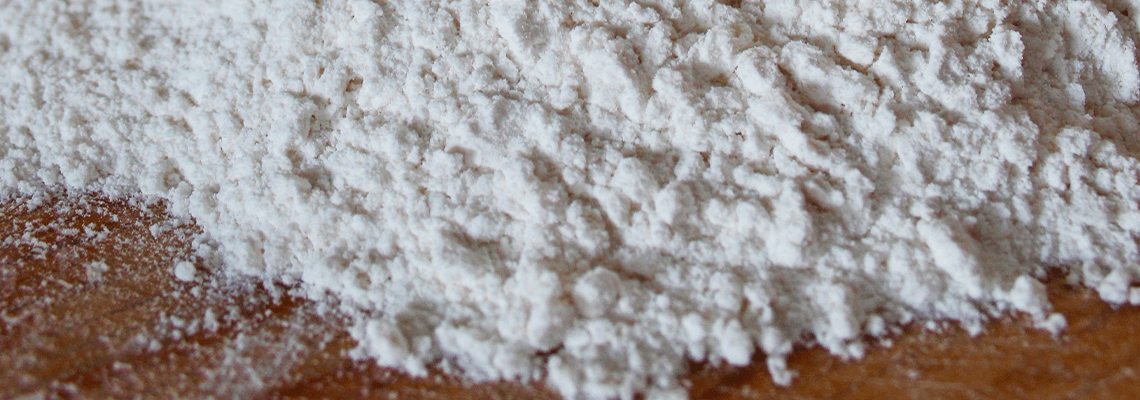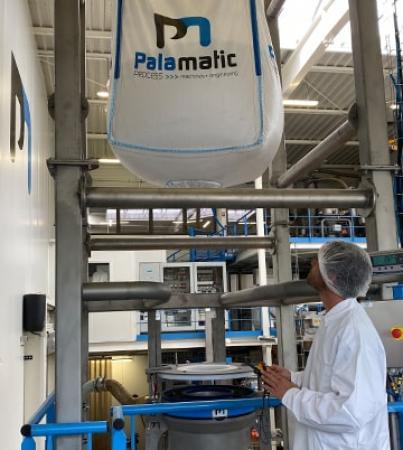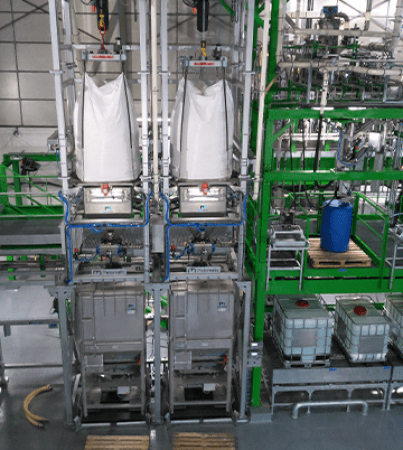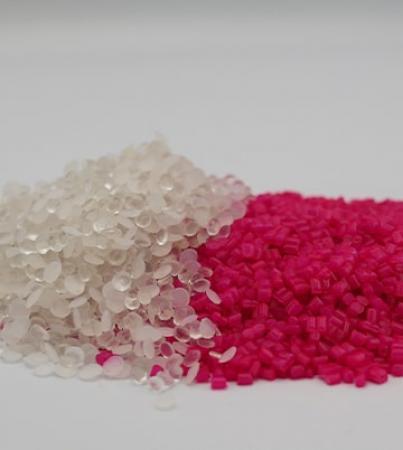1. Main characteristics of potassium carbonate
Potassium carbonate, also known as "potash" or "carbonate of potash," K2CO3, is an ionic solid, translucent material that is found in its natural state in evaporite rock.
There are several hydrates of potassium carbonate. Commercial carbonate can be an impure mixture, of very variable compositions depending on the place of origin and / or manufacture.
When not mined from minerals, potassium carbonate is produced chemically. E 501 is formed by the introduction of ammonia and carbon dioxide (E 290) into a salt solution by adding potassium hydrate.
Potassium carbonate is very soluble in water (1120 g · L-1). Its density is 2.428 g / ml at 20 ° C and its density is 2.428 g · cm-³.
Potassium carbonate takes on the appearance of a colorless white powder or of a white or off white salt.
2. Main applications of potassium carbonate
Potassium carbonate is used today in various industrial sectors such as the food industry, chemicals, pharmaceuticals, etc.
In the food sector, it can be used as an acidity regulator, stabilizer or food additive (number E501 (i)). It is found in products such as sparkling water (where it allows carbonation), baking powder or even in oenology.
Potassium carbonate is also a fertilizer for acidic soil.
In the pharmaceutical field, for example, it is used for effervescence tablets.
It can also be found in the glass industry or in fire extinguishers.

3. Industrial handling of potassium carbonate
The potassium carbonate powder is sensitive to temperature variations as well as humidity. If these two parameters are significantly present, the material will exhibit poor flow properties. It is a hygroscopic, flammable and potentially dangerous powder for operators. Therefore, it is important to set up production processes with high containment to minimize these risks. Personal protective equipment (PPE) is recommended for the face and skin of operators.
Potassium carbonate should be stored in a dry and airtight manner. It is not compatible with alkaline earth metal, alkali metal and nitro derivative and may cause explosion hazards with halogenated hydrocarbons and calcium. It should not be used with acids as it can form carbon dioxide and potassium salt upon hydrolysis.
4. Applications of potassium carbonate with Palamatic Process equipment
As it is a powder that easily absorbs moisture in the air, specific processes can be used to reduce the humidity level in your plant and thus facilitate its handling and transfer.
Potassium carbonate can be handled during the packaging and deconditioning phases of sacks and big bags. Palamatic Process has filling and discharging stations for big bags and confined sacks that meet the standards required for the protection of operators handling such powder.
In order to offer a healthy working atmosphere to the operator, without dust pollution or loss of product, an industrial dust collector connection on the machine can be installed.
Potassium carbonate may be stored in sealed stainless steel containers.
5. Customer applications Palamatic Process with potassium carbonate
Palamatic Process has been supporting manufacturers handling potassium carbonate in their process since 1992.
Certain installations dealing with potash have already been set up on our customers' sites, such as the discharging of bags to supply a mixing tank for a company specializing in the cosmetics industry.

















